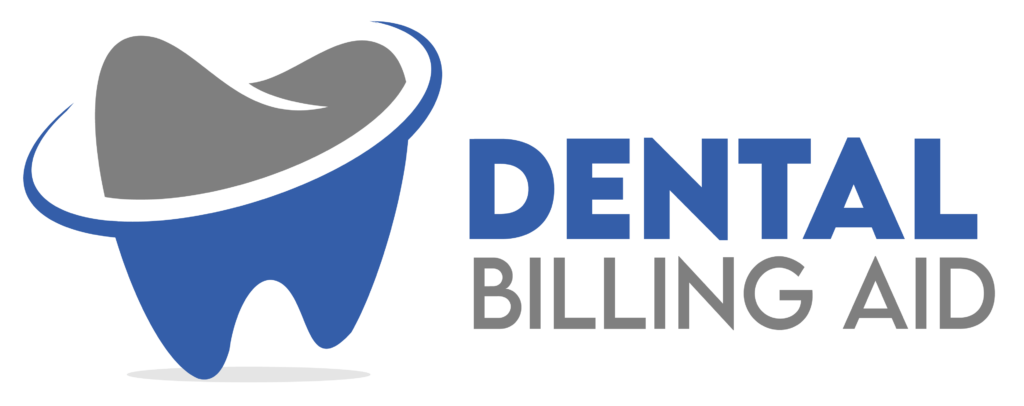Before providing any dental treatment, verifying a patient’s insurance coverage is paramount. This proactive step prevents billing surprises and ensures financial clarity for both the practice and the patient.
- Key Verification Steps:
- Patient Information Collection: Gather accurate patient demographics, insurance card details, and policy information.
- Contacting the Insurance Carrier: Reach out to the insurance company via phone, online portal, or electronic data interchange (EDI) to confirm coverage.
- Verifying Coverage Details: Confirm eligibility, coverage dates, co-payment amounts, deductibles, annual maximums, and covered procedures.
- Documenting Verification: Meticulously record all verification details, including the date, time, representative’s name, and reference number.
- Understanding Plan Limitations: Be aware of any limitations, exclusions, or waiting periods associated with the patient’s plan.
- Patient Information Collection: Gather accurate patient demographics, insurance card details, and policy information.
- Benefits of Thorough Verification:
- Reduces claim denials and resubmissions.
- Improves patient satisfaction by providing accurate cost estimates.
- Optimizes revenue cycle management.
- Minimizes financial risk for the practice.
- Reduces claim denials and resubmissions.
Dental Billing: Ensuring Timely and Accurate Reimbursement
Dental billing involves submitting claims to insurance companies for services provided. Accurate and timely billing is essential for maximizing revenue and maintaining a healthy cash flow.
- Key Billing Processes:
- Accurate Coding: Use the correct Current Dental Terminology (CDT) codes to describe procedures performed.
- Claim Submission: Submit claims electronically or via paper, adhering to the insurance carrier’s guidelines.
- Claim Tracking: Monitor the status of submitted claims and follow up on any outstanding claims.
- Payment Posting: Accurately post payments received from insurance companies and patients.
- Explanation of Benefits (EOB) Review: Carefully review EOBs to ensure accurate payment and identify any discrepancies.
- Patient Billing: Generate and send accurate patient statements for any remaining balances.
- Accounts Receivable Management: Proactively manage outstanding balances and implement effective collection strategies.
- Accurate Coding: Use the correct Current Dental Terminology (CDT) codes to describe procedures performed.
- Common Billing Challenges:
- Claim denials due to coding errors or incomplete information.
- Delays in payment processing.
- Difficulty interpreting EOBs.
- Managing patient balances.
- Staying up to date with constant changes in insurance rules and regulations.
- Claim denials due to coding errors or incomplete information.
- Strategies for Effective Billing:
- Invest in dental billing software to automate processes and reduce errors.
- Provide ongoing training for staff on coding and billing procedures.
- Maintain clear communication with insurance companies and patients.
- Implement a robust accounts receivable management system.
- Outsourcing billing to a company that specializes in dental billing.
- Invest in dental billing software to automate processes and reduce errors.
The Interplay Between Verification and Billing
Verification and billing are interconnected processes. Accurate verification directly impacts the success of the billing process. When verification is done correctly, it sets the stage for clean claim submissions and timely reimbursements.
In conclusion, mastering dental insurance verification and billing is essential for the financial health of any dental practice. By implementing efficient processes and staying informed about industry best practices, dental professionals can optimize their revenue cycle and provide exceptional patient care.
